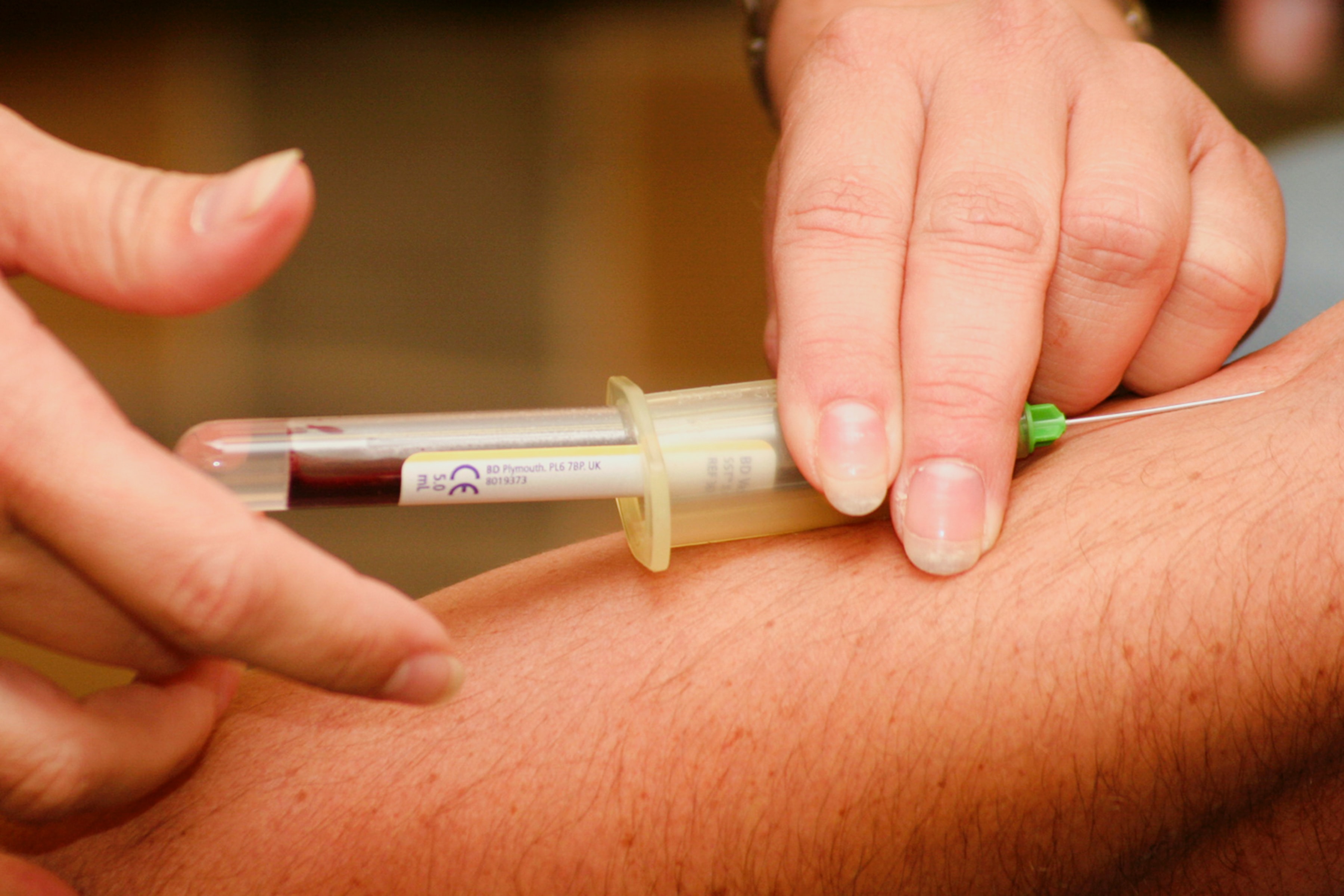 |
| Higher concentrations of cholesterol in a patient's blood may be associated with higher IOP, study finds. Photo: Hush Naidoo Jade Photography on Unsplash Click image to enlarge. |
Despite the important role played by serum lipids in many aspects of health, studies on their relationship to intraocular pressure (IOP) are limited. Therefore, researchers recently initiated a study to better understand this potential connection and found that higher levels of serum total cholesterol, high-density lipoprotein cholesterol and low-density lipoprotein are independently linked to increased IOP.
This cross-sectional study included 94,323 patients from the UK Biobank and 6,230 from the EPIC-Norfolk study. The investigators used multivariable linear regression, adjusting for demographic, lifestyle, anthropometric, medical and ophthalmic covariables, to examine the associations between serum lipids and corneal-compensated IOP.
After adjusting for key demographic, medical and lifestyle variables, the researchers found that higher levels of total cholesterol, high-density lipoprotein cholesterol and low-density lipoprotein were independently associated with higher IOP among both patient cohorts. Higher triglycerides were associated with lower IOP in the UK Biobank cohort.
“Data from two large prospective UK cohorts suggest that higher concentrations of serum lipids (specifically total cholesterol, high-density lipoprotein cholesterol and low-density lipoprotein) are associated with higher IOP,” the study authors stated. “Future research is required to assess whether this association may be causal in nature.”
Identifying a causal relationship between lipids/cholesterol components and IOP would be clinically significant, they concluded, while noting that this would allow for targeted dietary and lifestyle modification as a way to influence IOP.
Madjedi K, Stuart K, Chua S, et al. The association between serum lipids and intraocular pressure in two large UK cohorts. Ophthalmology. April 29, 2022. [Epub ahead of print]. |


